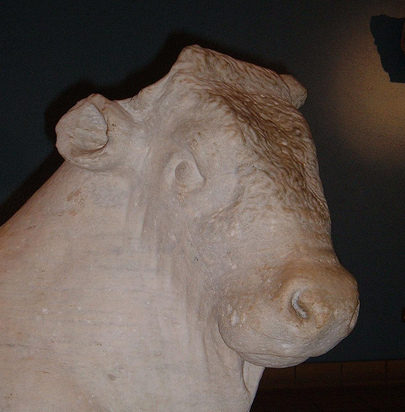I am not a trained programmer, coding is not part of my job description, and I have little direct access to cataloguing and metadata databases at work outside of normal catalogue editing and talking to the systems team, but I thought it might be worth making the point of how useful programming can be in all sorts of little ways. Of course, the most useful way is in gaining an awareness of how computers work, appreciating why some things might be more tricky than others for the systems team to implement, seeing why MARC21 is a bastard to do anything with even if editing it in a cataloguing module is not really that bad, and how the new world of FRDABRDF is going to be glued together. However, some more practical examples that I managed to cobble together include:
- Customizing Classification Web with Greasemonkey. This is a couple of short scripts using Javascript, which is what the default Codeacademy lessons use. Javascript is designed for browers and is a good one to start with as you can do something powerful very quickly with a short script or even a couple of lines (think of all the 90s image rollovers). It’s also easy to have a go if you don’t have your own server, or even if you’re confined to your own PC.
- Aleph-formatted country and language codes. I wrote a small PHP script to read the XML files for the MARC21 language and country codes and convert them into an up to date list of preferred codes in a format that Aleph can read, basically a text file which needs line breaks and spaces in the right places. It is easy to tweak or run again in the event of any minor changes. I don’t have this publicly available anywhere though. PHP is not the most elegant language but is relatively easy to dip into if you ever want to go beyond Javascript and do more fancy things, although it can be harder to get access to a server running PHP.
- MARC21 .mrc file viewer. I occasionally need to quickly look at raw .mrc files to assess their quality and to figure out what batch changes we want to make before importing them into our catalogue. This is an attempt to create something that I could copy and paste snippets of .mrc files into for a quick look. It is written in PHP and is still under construction. There are other better tools for doing much the same thing to be honest, but coding this myself has had the advantages of forcing me to see how a MARC21 file is put together and realising how fiddly it can be. Try this with an .mrc which has some large 520 or 505 fields in it (there are some zipped ones here, to pick at random) and watch the indicators mysteriously degrade thereafter. I will get to the bottom of this…
The following examples are less useful for my own practical purposes but have been invaluable for learning about metadata and cataloguing, in particular, RDF/linked data. I was very interested in LD when I first heard about it. Being able to actually try something out with it (even if the results are not mind-blowing) rather than just read about it, has been very useful. Both are written in PHP and further details are available from the links:
- Lodopac: Linked Open Data OPAC. My entry for the UK Discovery Developer Competition.
- In Our Time booklist. A forerunner to Lodopac, written in response to an idea raised by psychemedia for the Open Bibliographic Data Challenge: the BBC “In Our Time” Reading List. Sadly it no longer works as the BNB service it relies upon was taken down.
Nothing to do with cataloguing, but what I am most proud of is this, written in Javascript: Cowthello. Let me know if you beat it.
Update: Shana McDanold also wrote an excellent post on why a cataloguer should learn to code with lots of practical examples.
